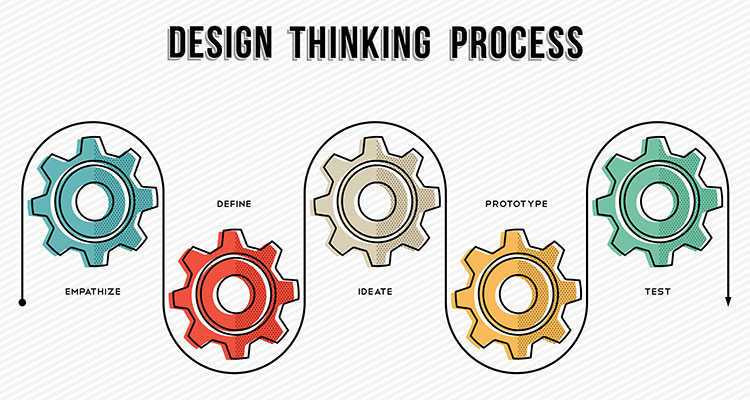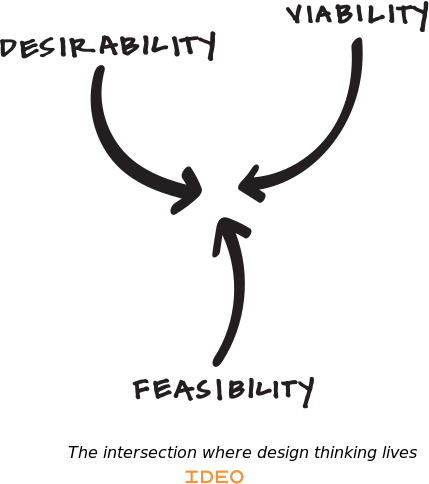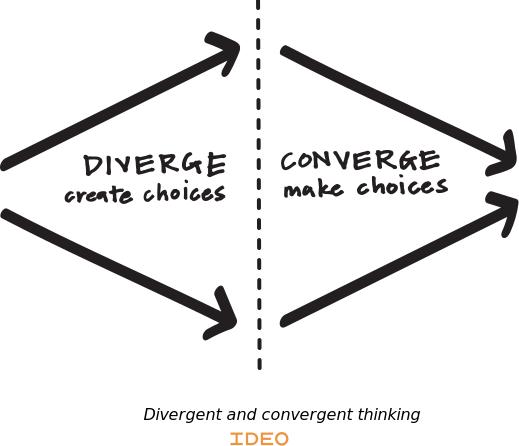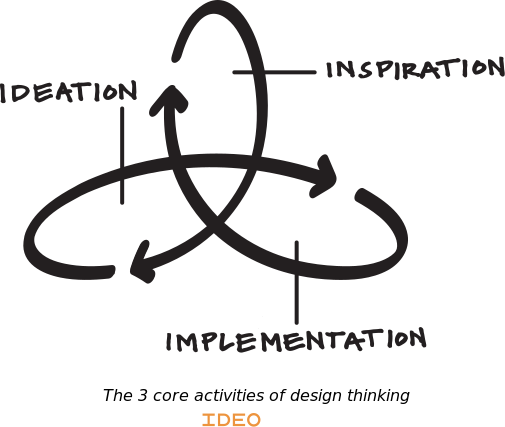Design Thinking — The New Normal for AV
Business-As-Usual is all but done; Design Thinking is here to replace it during the “new normal” of a post-COVID world.
As of this article’s writing for rAVe, one of the most recent common phrases in the English-speaking lexicon has to be ‘new normal” during the COVID-19 pandemic. The term is a hopeful euphemism to cope with the rate and volume of change in short order so that humans can find ways to accept and normalize this particular period in history.
The term will likely stick around as new versions of the new normal continue to emerge in various industries, jobs, and macro-economies as a way to try and normalize significant, lasting change. As such, the AV industry — which touches nearly every other single industry — will be ripe for new thinking to match the new normal.
“Normal” May Never Be Static Again
With the considerable changes in social distancing, remote work, and the exponential rise of videoconferencing during COVID, only those with wishful thinking will not see a new world emerging that is significantly different from Business-As-Usual. The shift was the fastest wholesale change for the majority of humans on the planet at the same time. The static ways of doing business (so-called Business-As-Usual) are being obliterated, and new ways of working are cropping up seemingly daily — if not faster.
The AV industry should see this pandemic shift in business not as a storm to be weathered but a new normal to embrace. To help innovate and lead differently in a new normal, the principles of design thinking focus on how to thrive moving forward as AV manufacturers, systems integrators, consultants, or AV dealers.
Design Thinking for AV Manufacturers and Systems Integrators
Fellow rAVe blogger Scott Tiner has written about the origins of design thinking before in his article from precisely two years ago (May 2018), where he introduced the concept to AV readers. Below is the graphic from Scott’s article, which illustrates the typical five-step design-thinking framework.

Traditional Five-Step Design Thinking Process, as described by rAVe blogger Scott Tiner
While the five-step traditional design-thinking framework is valuable when thinking about coming up with new products, in particular, I have found that Ideo’s simplified approach is a more inclusive framework, so I offer it below, with the key images below borrowed (and linked) right from Ideo’s website.

Design thinking brings together what is desirable from a human point of view with what is technologically feasible and economically viable.

Many of the problems we face are dynamic, multifaceted, and inherently human.

Design Thinking requires dreaming up wild ideas, taking time to tinker and test, and being willing to fail early and often. The designer’s mindset embraces empathy, optimism, iteration, creativity, and ambiguity. And most critically, design thinking keeps people at the center of every process.
While there is no single definition that encapsulates Design Thinking, the principles are found in every one of its frameworks/versions. That’s how and why it works — and scales — across roles and industries.
Some of the brilliant minds involved with Design Thinking have said it far more succinctly and eloquently than I can. So, I have included a few key quotes to help whet your appetite for the incredible opportunities in the AV industry for design thinking applications beyond AV products.
“Design Thinking is a human-centered approach to innovation that draws from the designer’s toolkit to integrate the needs of people, the possibilities of technology, and the requirements for business success.” —Tim Brown, CEO of IDEO
“Design Thinking is to have a bias toward action and empathy toward who you are designing for … to not have a fear of failure.” — Bernie Roth, Director Hasso Plattner Institute of Design at Stanford University
“Design Thinking is a process — applicable to all walks of life — of creating new and innovative ideas and solving problems. It is not limited to a specific industry or area of expertise.” — Kaan Turnali, Forbes
“Design Thinking is a process for creative problem solving.” — Coe Leta Stafford, Managing Director, IDEO U
New Normal Leads to New AV Opportunities
We are living in times larger than the COVID-19 pandemic. This is a time of radical, lightning-fast change in technology, communication, and business. The rate of change has never been higher, and, more importantly, it will genuinely be impossible to keep up with static ways of working from our past.
What got your AV technology solutions into customer’s hands before will likely not work as well (or eventually at all). Rather than longing for days past in the industry and customers’ markets, the principle of Design Thinking gives everything to those who embrace change. It provides ideas for how products are created to how go-to-market strategies are executed to how even selling itself has changed in a post-pandemic world.
For example, on May 27, 2020, Google announced that employees are being funded with $1,000 for creating better work-from-home setups. Here’s what Google CEO Sundar Pichal shared with employees:
“Because we still expect that most Googlers will be largely working from home for the rest of this year, we’ll be giving each Googler an allowance of $1,000 USD, or the equivalent value in your country, to expense necessary equipment and office furniture.”
That’s roughly 100,000 Google employees, each spending a $1,000 of a total represented budget of $100 million on work-from-home setups. How long before an AV-integrator or manufacturer sets up Google Ads promoting a particular $1,000 work-from-home AV setup to target both the Google employees searching for options as well as the many other companies taking a cue from the juggernaut? Or, taking this just one step further, what are the possibilities for rethinking Huddle Rooms for AV in a post-COVID office environment? Or redesigning team areas for new ways of videoconferencing (teams standing around a large flat panel monitor or video wall must maintain 6’ distancing)?
With Design Thinking, the ideas will not only flow freely and quickly. The ability to promptly inspire, ideate, and implement whole new ways of delivering AV technology will too. With faster and better design thinking, the go-to-market strategies will also benefit from the same thinking cycles, as will sales teams testing new ways of connecting and identifying with prospects.
Design Thinking isn’t new; it’s just new to most of the AV industry. Business-As-Usual is nearly gone. Will your organization recognize the new normal with a Design Thinking mindset?




